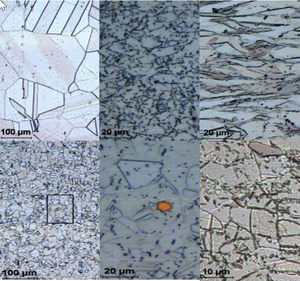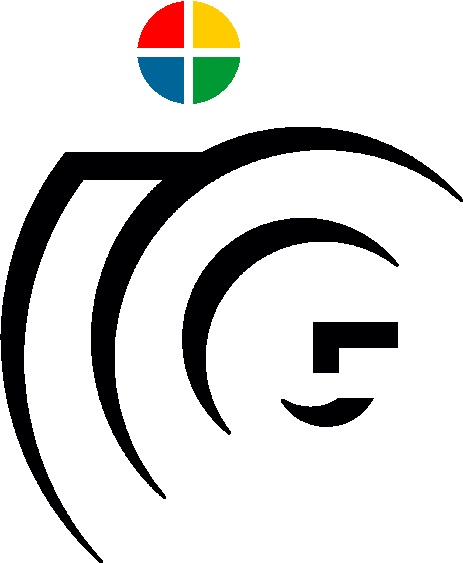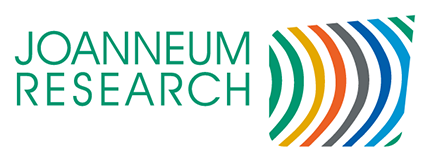MikroMet-AI

The mechanical properties of metal alloys are largely determined by their microstructure. The latter is characterised by the fact that elementary components of the material can be represented in different sizes, types and shapes. Accordingly, the metallographic analysis is crucial and significant in multiple respects. Currently, it is widely performed manually. Therefore, in the course of the research project ‘MikroMet-AI’, the processes required for the analysis are to be vastly automated. To this end, evaluation methods based on artificial intelligence (AI) are to be utilised.
Related Work

Volumetric 3D Reconstruction for the Industrial Inspection of Transparent Materials
Christian Kopf, Master’s Thesis (2020)
Computing 3D depth information through stereo methods is a well researched topic of computer vision and has lead to countless variations and approaches over the years. However the applicability to transparent objects is still considered as one of the few unresolved disciplines to this date. The conventional principle of computing depth cues from finding correspondences in two or more images leads to poor results due to ambiguities caused by transparent materials. In this thesis we thus explore an alternative approach which is based on the local orientation analysis of light field data in the domain of epipolar plane images. In this context we discuss the principles of structure tensor approaches and their intrinsic properties. Based on a voxel volume projection approach we present two variants of a refinement method which allows us to obtain improved results for scenes including transparent objects.


